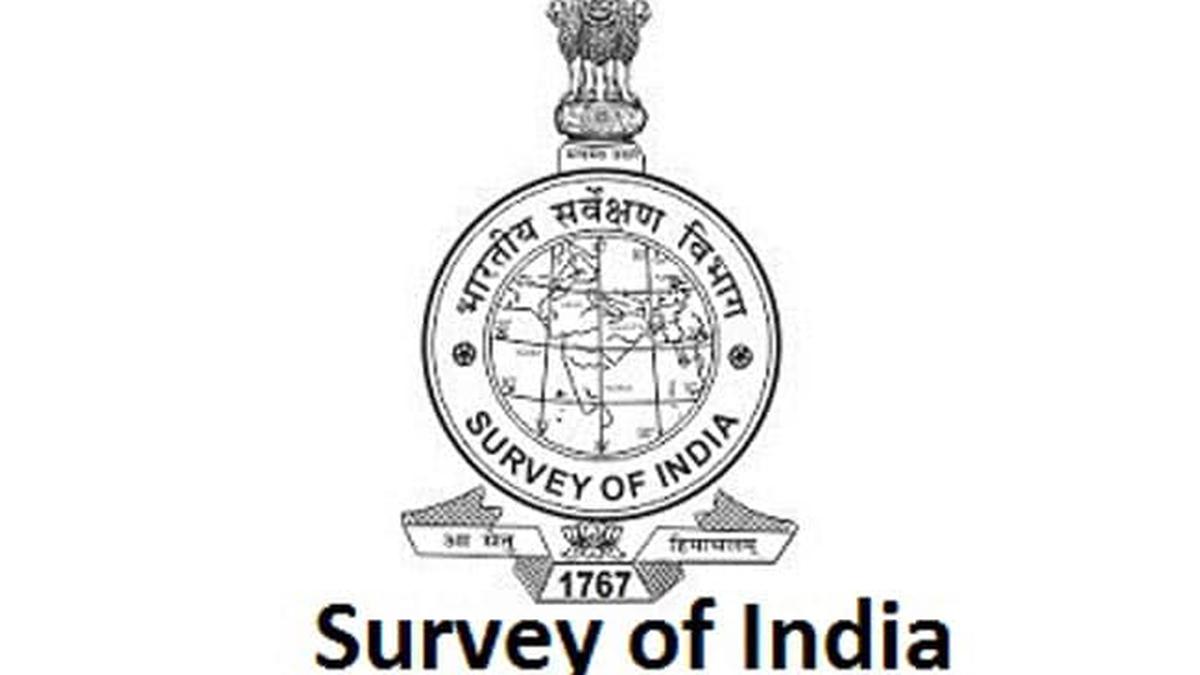
Survey of India to remain the arbiter of maps that deal with State borders and national boundaries
The Hindu
In December 2022, the Centre officially released the National Geospatial Policy of India that allows any private agency to make high resolution maps
The Survey of India (SoI), India’s 250-year-old map maker, while no longer having a monopoly on making high resolution maps, will remain the arbiter of maps that deal with State borders and national boundaries. They will also maintain and provide reference stations that are vital to cartographers to prepare higher resolution maps, Sunil Kumar, Surveyor General of India and Joint Secretary, Ministry of Science and Technology, told The Hindu.
In December 2022, the Centre officially released the National Geospatial Policy of India that allows any private agency to make high resolution maps. Before this, the Survey of India made various categories of maps that, while available for nominal charges, were relatively hard to access. Moreover, maps made for “civilian purposes” were coarser than the “defence series maps” that were more detailed but only accessible to the Defence Ministry.
The SoI will continue to maintain CORS (Continuously Operating Reference Stations) that are necessary to create accurate digital maps. A CORS consists of a GPS receiver operating continuously, and a stable antenna for continuously streaming raw data. Such reference stations are present all over the globe to monitor the Earth’s crust to provide geodetic control, track manmade and natural structures, and facilitate accurate navigation, Mr. Kumar said.
While guidelines released by the Science Ministry in 2021 liberalised the making and access to geospatial services, the geospatial policy sets out goals and targets such as a high resolution topographical survey and digital elevation model by 2030. It also lays out a framework to create high resolution maps of the ocean floor around India, its assets, and making “digital twins” or virtual replicas of physical structures.
“For a long time, several departments of the government worked in silos. Digital assets created were not being effectively used. Now we have freed access and facilitated the private sector. The implications of the geospatial industry is huge and it’s also a little dangerous because anything and anyone can be tracked anywhere, but India should aim to be a leader in this [geospatial] economy,” Jitender Singh, Minister of Science and Technology said at a conference here on India’s geospatial industry on Tuesday.













